DIY roof maintenance can save you time and money by preventing costly repairs. Discover 15 easy tips to keep your roof in top shape year-round.
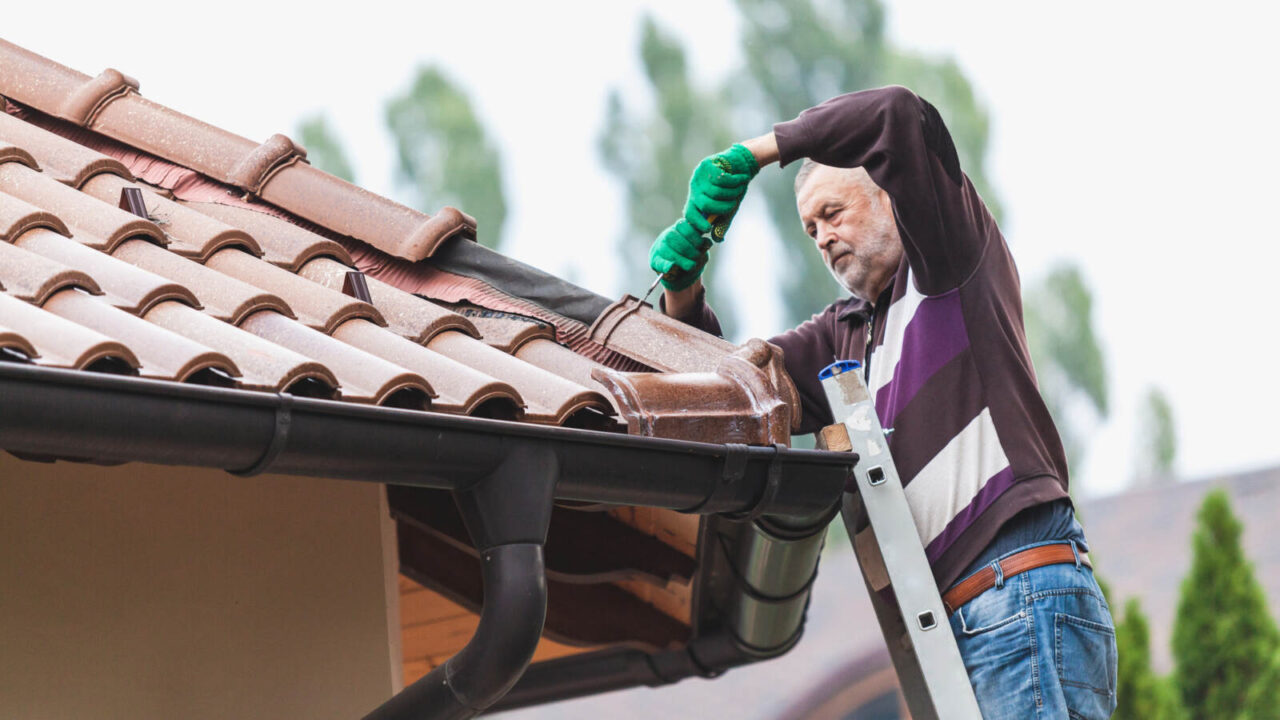
Roof Care Intro
Curious about saving big bucks while keeping your roof in top shape? This DIY roof maintenance guide brings you 15 essential tips that will save you both money and time.
From regular inspections to quick DIY fixes, you’ll learn tricks to extend your roof’s lifespan without breaking the bank.
Swipe through for smart, hassle-free ways to protect one of your home’s most vital parts – your roof.
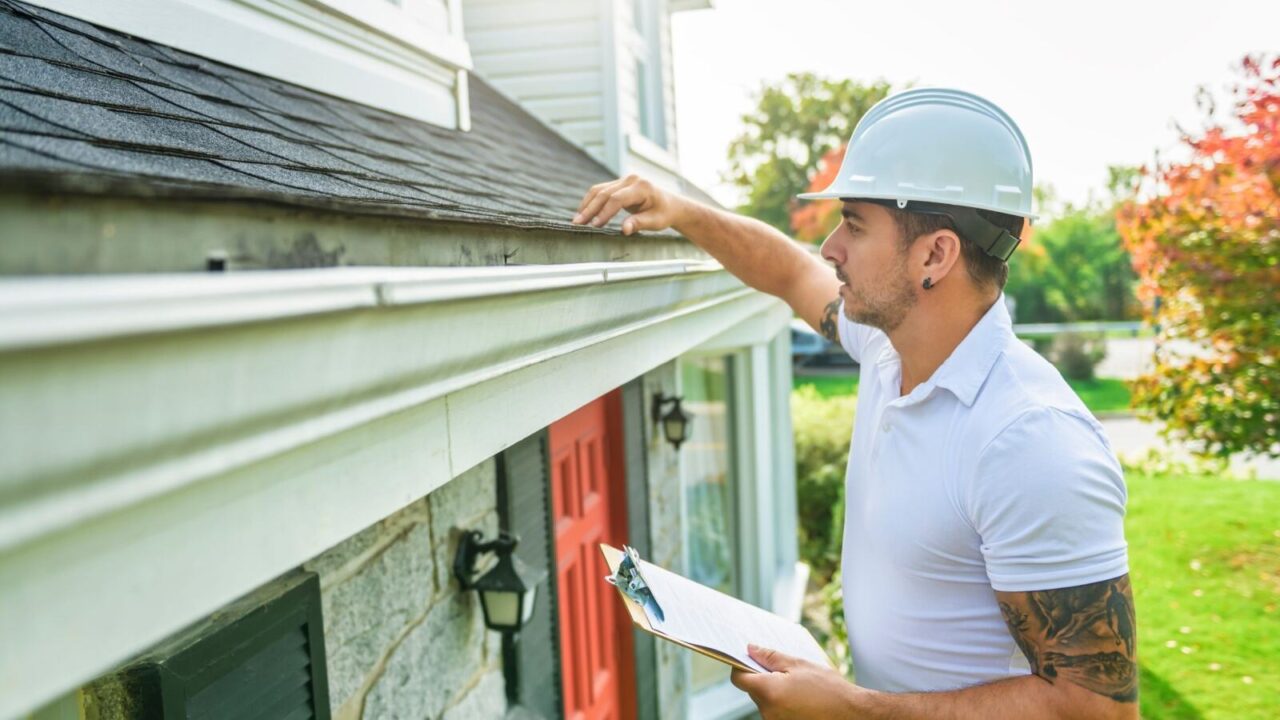
Routine Check-Ups
Think of your roof like your car, it needs regular check-ups. Schedule a monthly inspection to spot any early issues, like loose shingles or tiny leaks, before they become costly repairs.
Pay extra attention to edges and seams, as these are often the first areas to wear down. A quick look could prevent future damage, saving you time and cash in the long run.
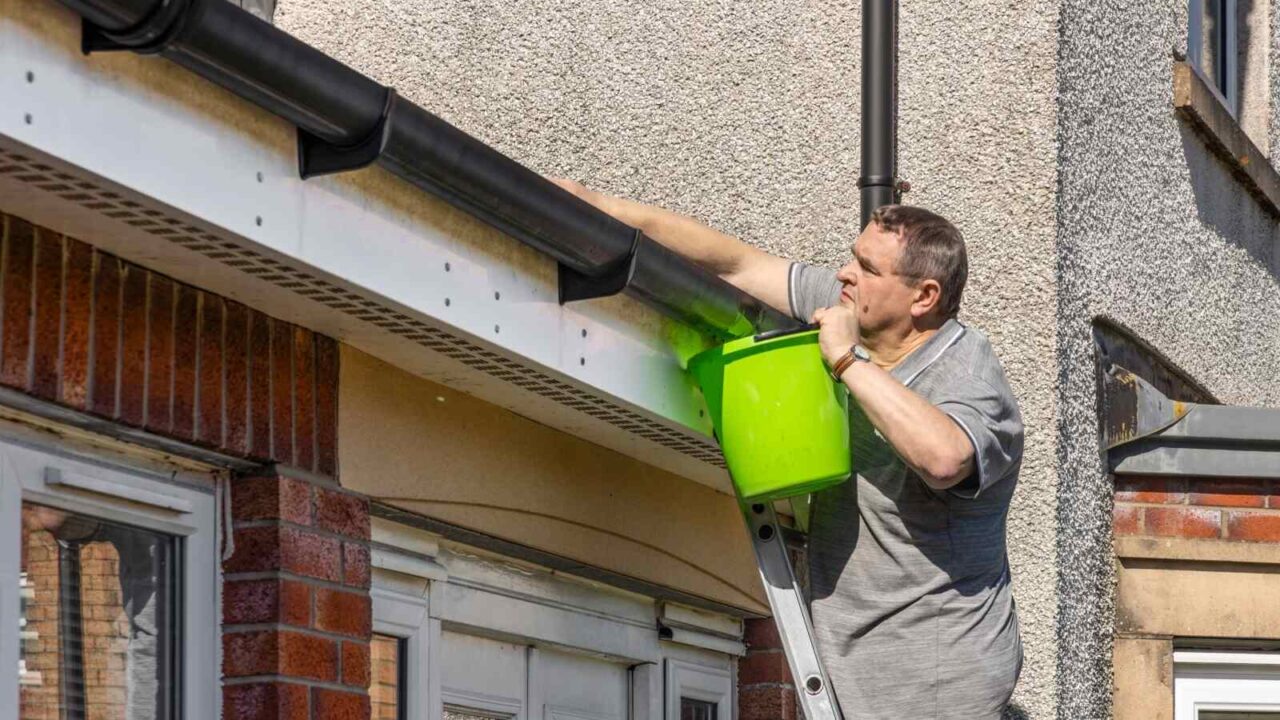
Clear the Gutters
Clogged gutters can lead to water pooling on your roof, causing damage that’s expensive to fix. Twice a year, grab a ladder and clear out leaves, sticks, and debris.
Or, invest in gutter guards to minimize buildup. Keeping gutters clear will help rainwater flow freely, protecting your roof from unnecessary water damage.
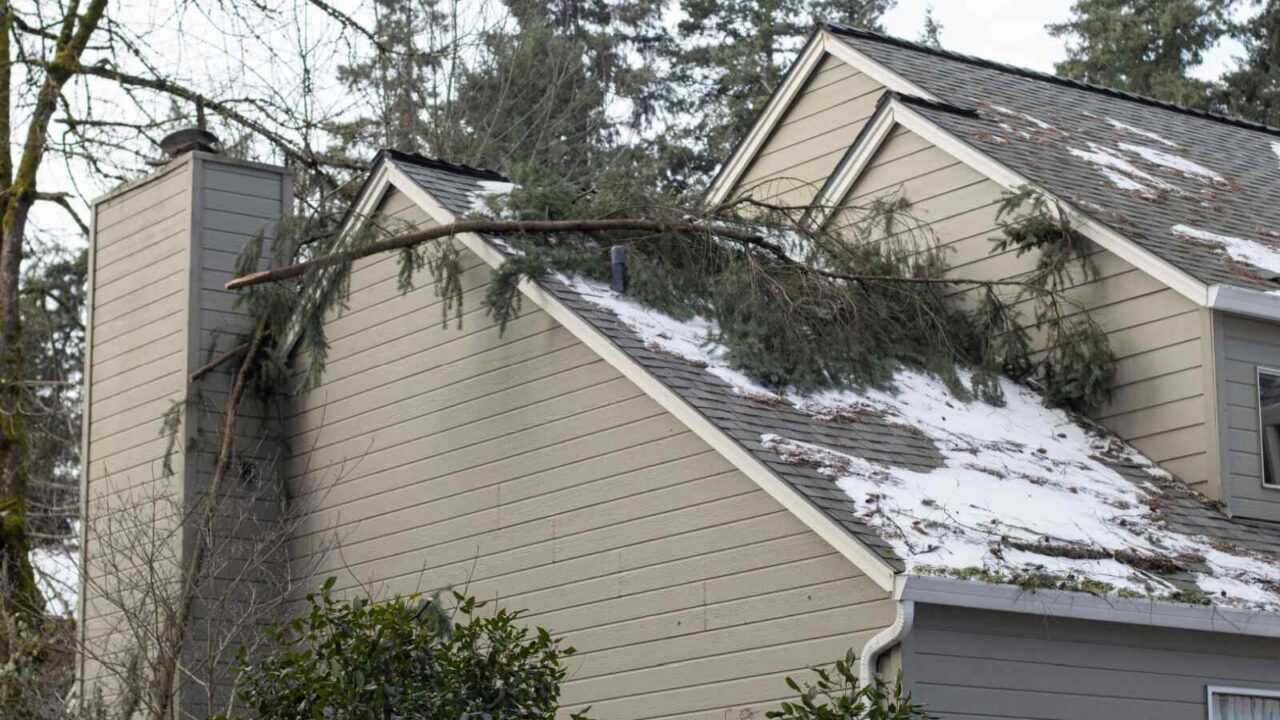
Trim Nearby Trees
Trees are beautiful but can wreak havoc on your roof if left unchecked. Branches that overhang can scrape shingles while falling leaves trap moisture.
Keep branches at least 10 feet away from your roofline to prevent potential damage.
Plus, trimming trees is a simple way to keep critters from using them as a “ladder” onto your roof, saving you more trouble down the line.
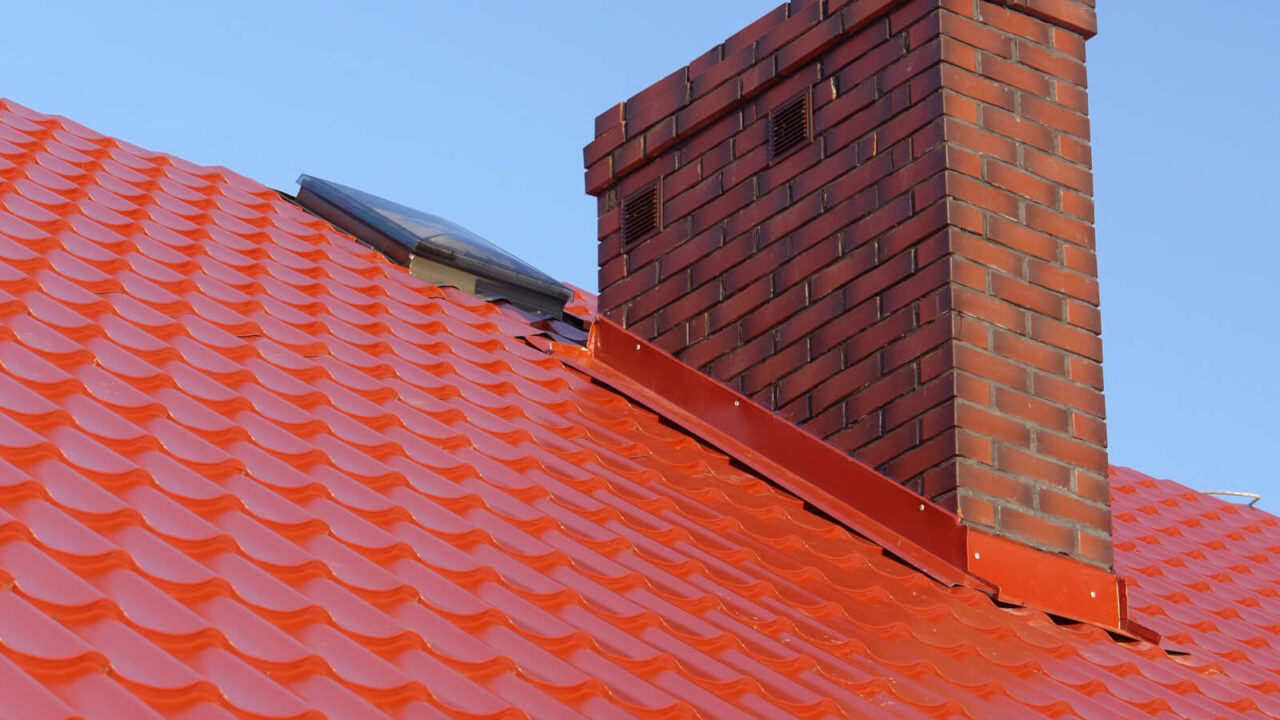
Inspect Flashing
Flashing – those thin metal strips around chimneys, vents, and skylights, help seal out water. But if it starts to lift or rust, it can lead to leaks and serious water damage.
Give it a close look every six months and, if you spot anything loose, re-secure it with roofing cement. A little maintenance here can save you from hefty repair bills down the road.
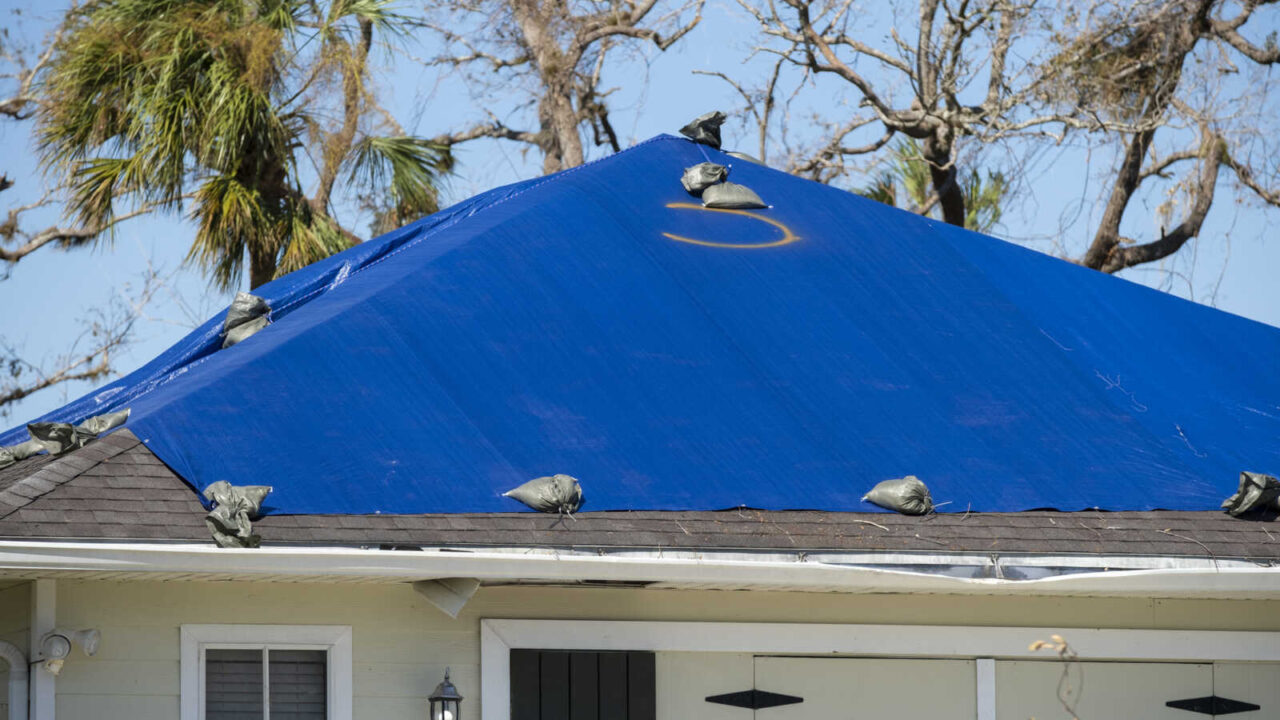
Fix Small Leaks
Don’t let a tiny leak become a big deal. Small leaks are easy to miss but can lead to water damage if ignored.
Spot any suspicious wet spots inside or small drips? Patch them with roof sealant or a waterproof tarp until you can get a full repair.
Quick action here not only saves money but also keeps mold and moisture at bay.
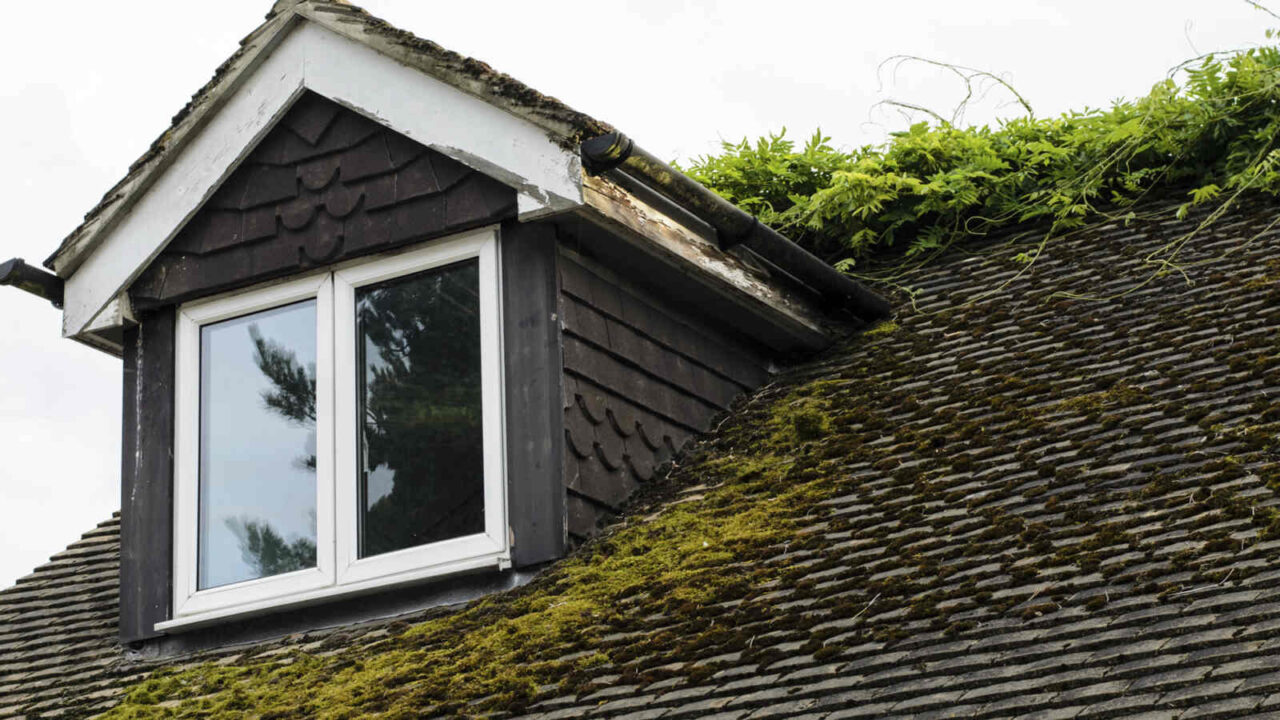
Check for Moss
Moss might look charming, but it can trap moisture and damage your roof. If you spot moss patches, scrub them off gently using a brush and a mix of water and mild detergent—no pressure washers, as they’re too harsh.
Consider zinc strips at the roof’s peak to prevent future growth. This quick fix will keep your roof both sturdy and stylish.
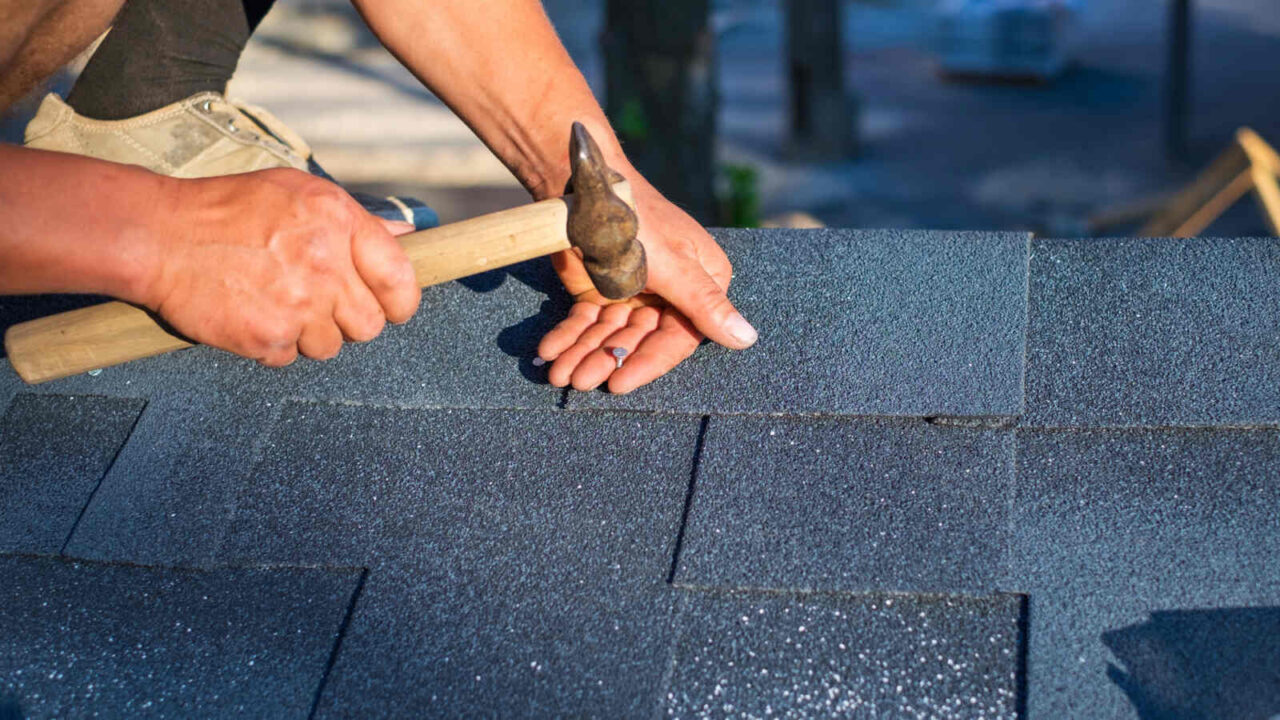
Seal Exposed Nails
Exposed nails can rust, loosen, or even pop out, leaving your roof vulnerable to leaks. Grab a hammer and a tube of roofing sealant, and cover any exposed nail heads.
Not only does this prevent moisture damage, but it also ensures those nails stay put, making your roof more secure against wind and rain. It’s a simple step that works wonders.

Inspect the Attic
The attic is your first line of defense for spotting roof issues from the inside. Look for damp spots, mold, or sunlight peeking through – it could indicate there’s a crack or leak above.
Regular attic checks will help you catch issues early, giving you the chance to patch things up before they escalate. An ounce of prevention here saves you a ton later.
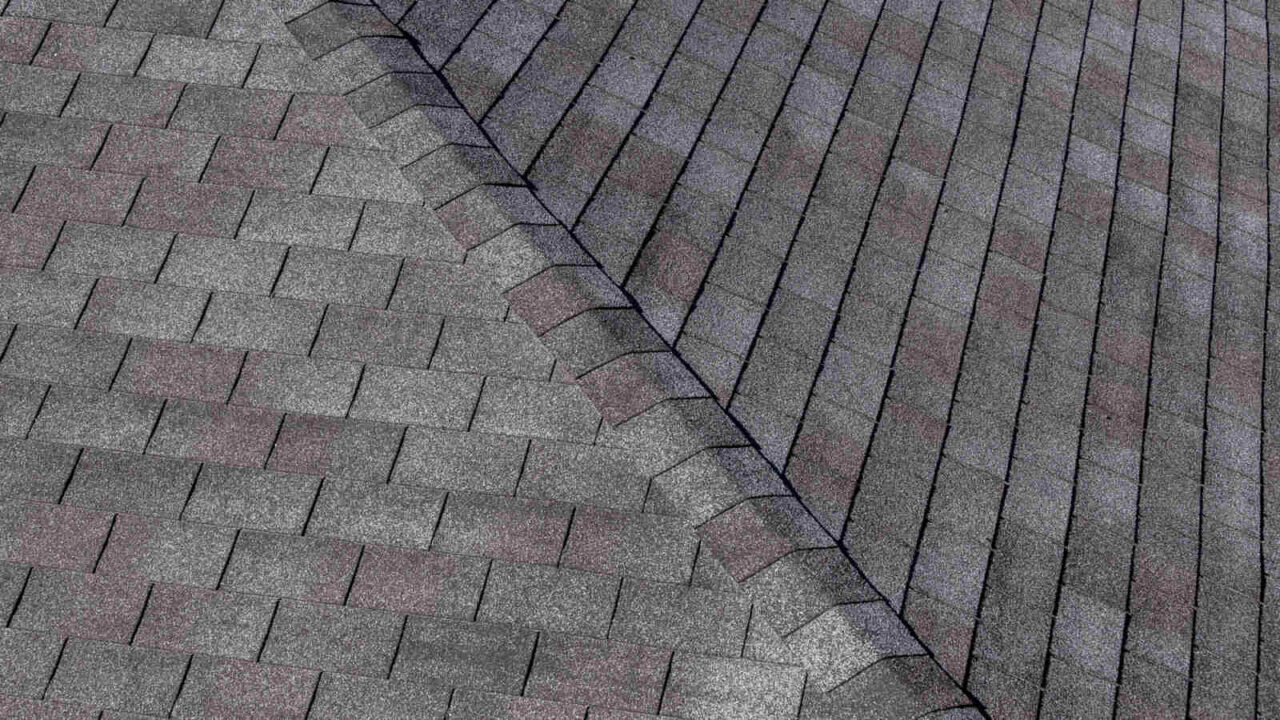
Fix Loose Shingles
Loose shingles can flap around in strong winds, leading to damage or even a full-blown leak. If you spot a shingle that’s wobbly, secure it with roofing nails and a dab of adhesive.
This quick fix not only stops potential leaks but also reinforces your roof’s resilience against rough weather. It’s simple, cheap, and effective.

Check Vent Covers
Vent covers keep air circulating and pests out, but cracks or gaps can let water seep in. Inspect covers on the attic, bathroom, and kitchen vents for any damage.
If you spot cracks, seal them with waterproof caulk or replace the covers. This simple check keeps moisture out and ensures your home stays pest-free – an easy win all around.
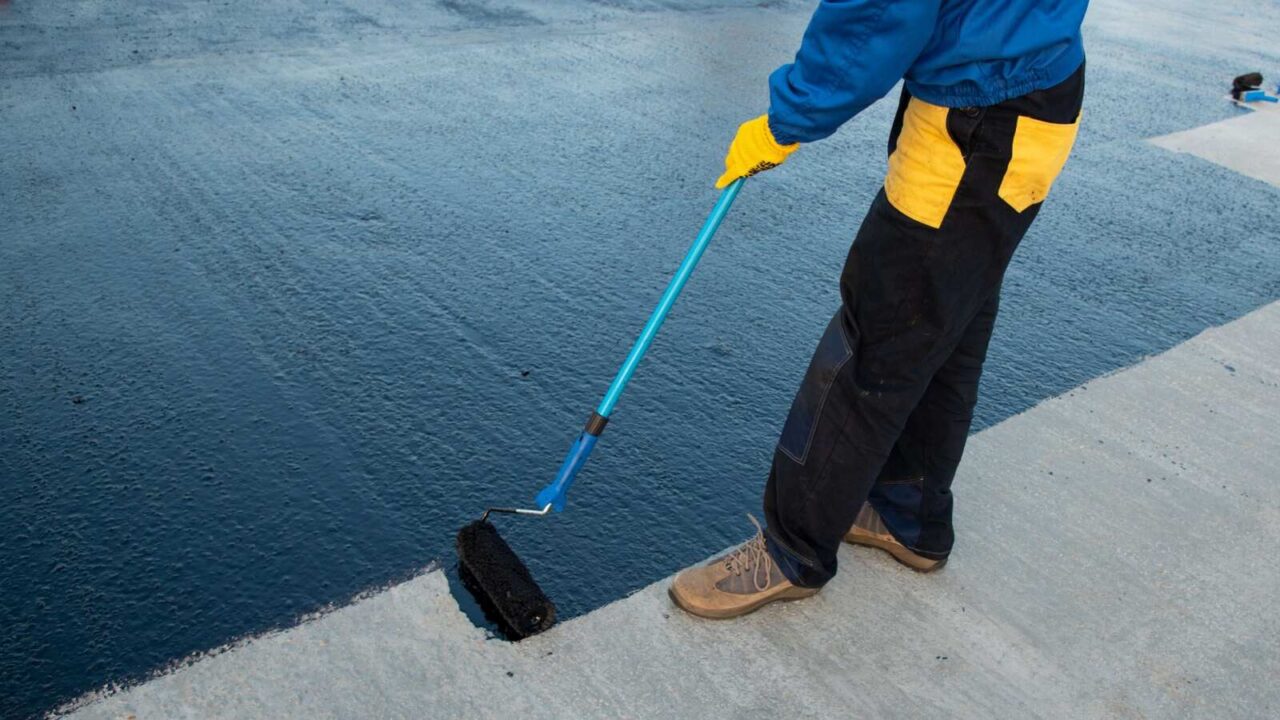
Protect with Coating
Roof coatings act as a shield against the elements, adding a layer of waterproofing to extend your roof’s life.
Apply a roof coating designed for your roof type as it can reduce UV damage, stop leaks, and even reflect heat to keep your home cooler.
This small investment goes a long way in defending against wear and tear, giving you peace of mind.
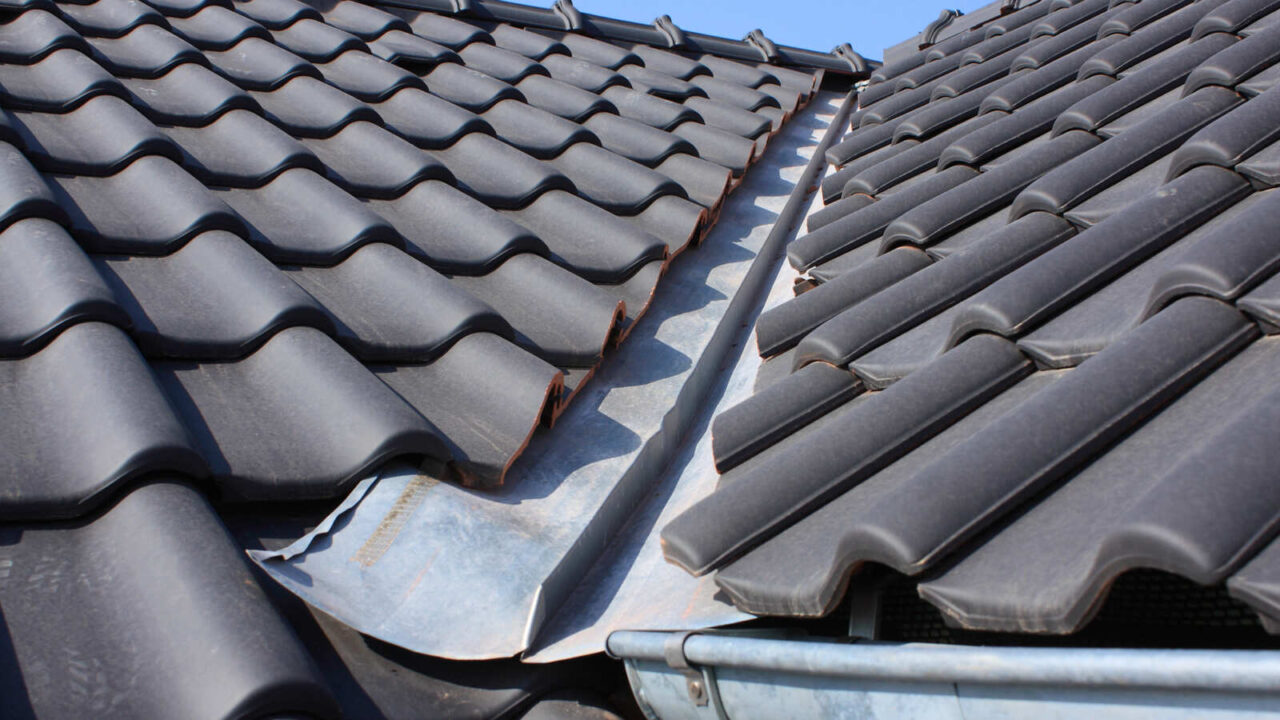
Reinforce Roof Valleys
Roof valleys, where two slopes meet, are a common spot for leaks. Check these areas for any debris buildup, cracks, or gaps in the sealant.
If you find issues, apply a high-quality roof patch or sealant to prevent leaks. By reinforcing valleys, you’re fortifying one of your roof’s most vulnerable points, saving you from future water damage.
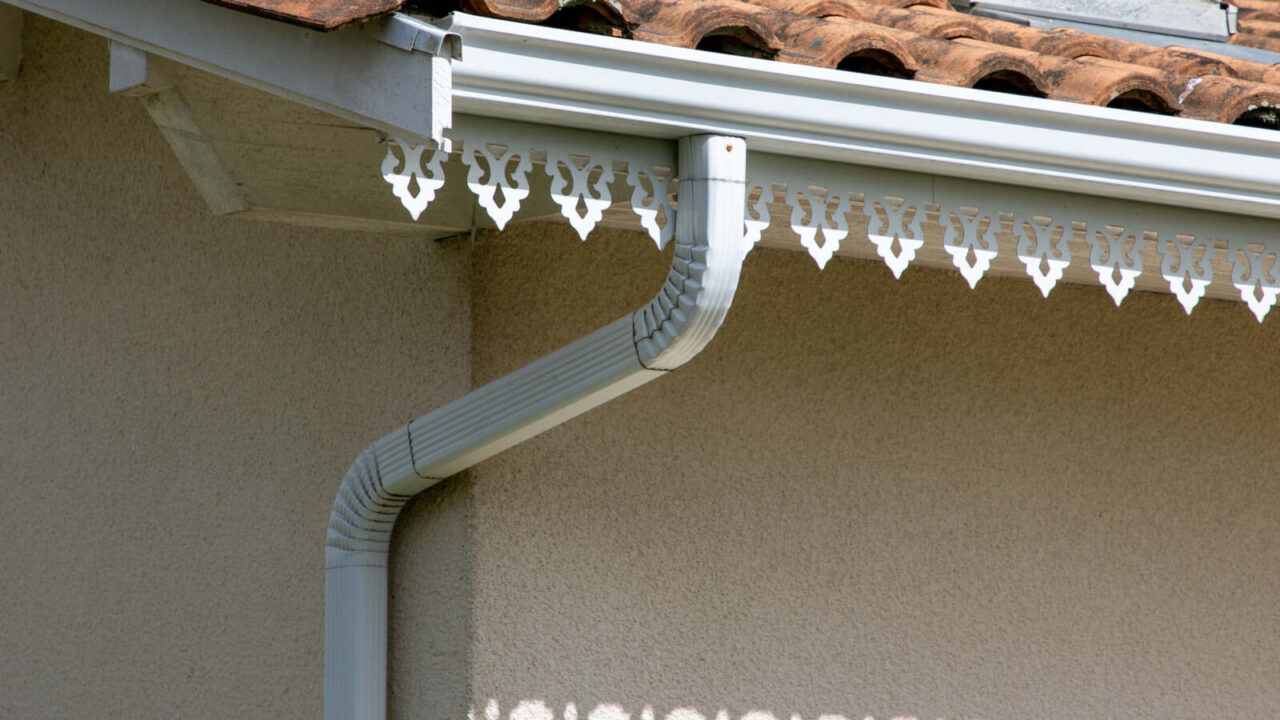
Install a Drip Edge
A drip edge is a small metal strip along your roof’s edge that directs rainwater away from the fascia and foundation. If you don’t have one, consider installing it to protect your home’s structure from water damage.
This simple addition keeps water flowing off the roof and reduces the risk of rot and leaks over time.
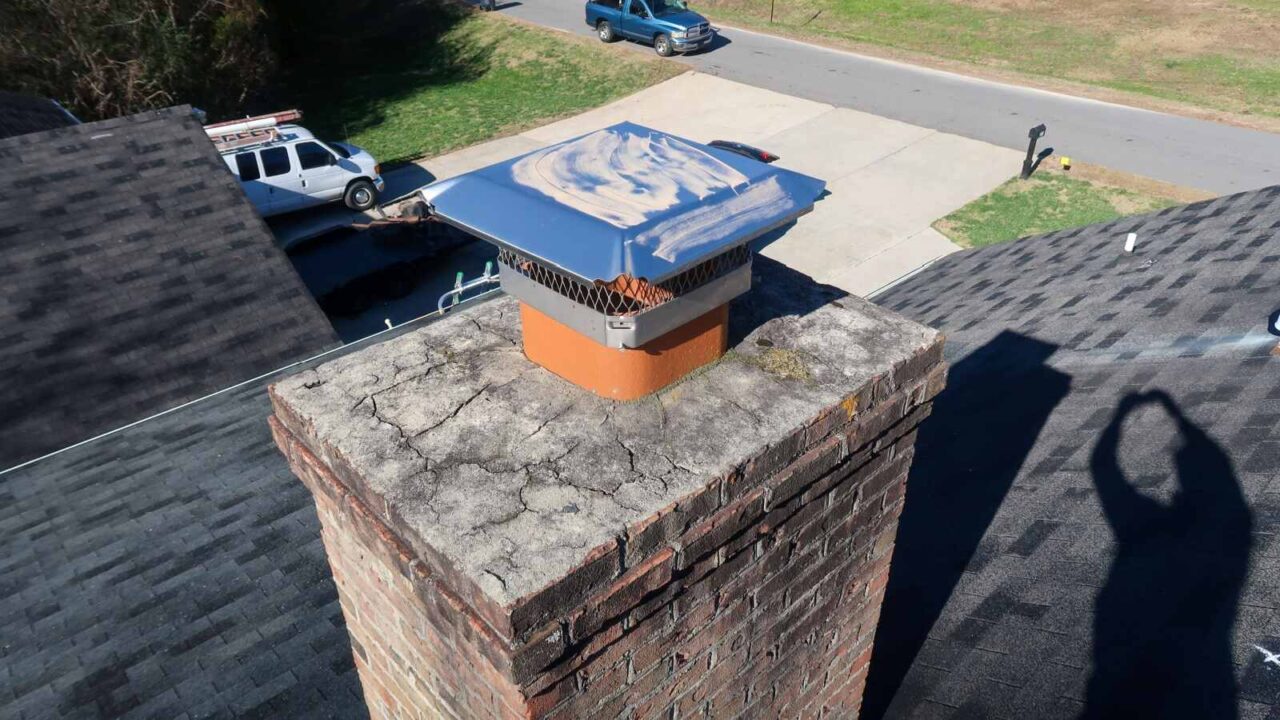
Check the Chimney
A sturdy chimney means a healthier roof. Inspect the mortar around your chimney; crumbling or missing mortar can allow water to seep in.
Patch minor gaps with a waterproof masonry sealant to prevent leaks and maintain the chimney’s structure. Keeping an eye on this overlooked spot can save you a major repair bill down the line.
Plus, with the colder months coming up, it’s time to give your chimneys and fireplace a thorough check. For more tips, check out the post on Get Your Fireplace & Chimney Ready for Winter.
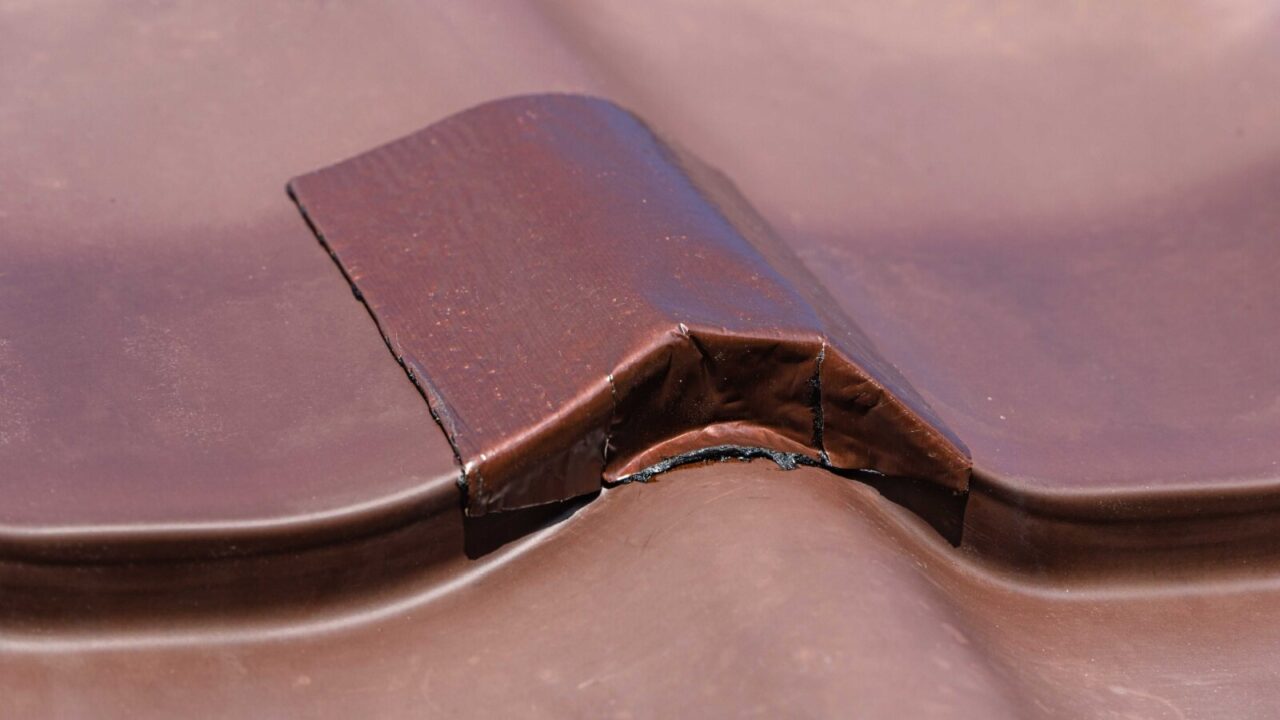
Emergency Roof Patch
For those unexpected leaks, a DIY emergency patch kit is essential. Keep a small, self-adhesive patch in your toolkit for quick fixes.
It’s a temporary solution but can prevent water from entering until you can arrange a permanent repair. Quick patches save you time and protect against further damage when you need an instant fix.
For more tips on keeping your home safe and dry, check out the guide to waterproofing and mold prevention for the rainy season.